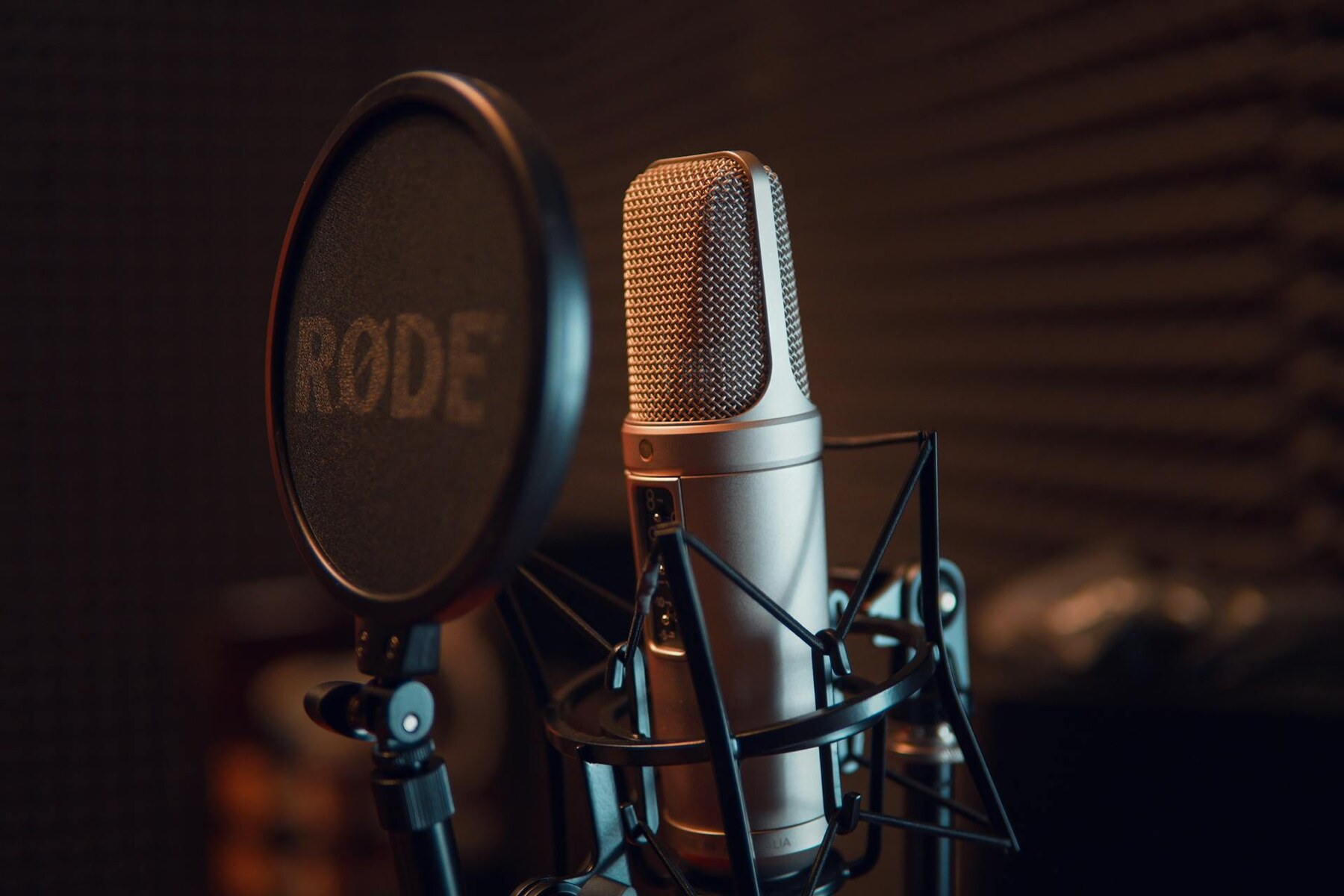Voice modulators have become increasingly popular, sparking curiosity about their ability to deliver on their promises, raising the question: Do voice modulators really work? We’ll explore their functionality and assess their overall effectiveness.
Do Voice Modulators Really Work?
Voice modulators are devices that use digital signal processing (DSP) to alter the characteristics of a person’s voice.
The process begins with the device analyzing the incoming voice signal. This is then modified using various filters and effects to change the pitch, tone, and timbre of the voice. The device allows users to transform their voices into something completely different, whether it’s a deeper, more masculine voice that even a man can sound like a woman with a higher-pitched, feminine one.
 The complexity of voice modulation technology varies depending on the device. Some voice modulators rely on simple algorithms that apply basic effects to the voice signal. However, others employ advanced techniques such as artificial intelligence and machine learning to create more realistic voice transformations.
The complexity of voice modulation technology varies depending on the device. Some voice modulators rely on simple algorithms that apply basic effects to the voice signal. However, others employ advanced techniques such as artificial intelligence and machine learning to create more realistic voice transformations.

The Effectiveness of Voice Modulators
The question on everyone’s mind is whether modulators actually work as advertised. Can they really transform your voice into something completely different and convincing? The answer is not straightforward, as the effectiveness of the device depends on several key factors:
- Quality of the device: The most significant factor in determining the effectiveness of a modulator is the quality of the device itself. High-end devices are more likely to produce convincing voice transformations that are difficult to distinguish. These devices often come with a higher price tag, but the investment can be worth it for those who require the most realistic results.
- User’s original voice: Another important factor to consider is the user’s original voice. Some voices are more challenging to modify, and even the best devices may struggle to create a completely convincing transformation for certain individuals. Factors such as the user’s age, gender, accent, and vocal range can impact the final result.
- Background noise and microphone quality: The quality of the input signal is also important for achieving the best possible voice modulation results. Background noises can interfere with the device’s ability to accurately analyze and process the voice signal. Using a high-quality microphone in a quiet environment can help make sure that the input signal is clean and clear.
It’s important to note that while these devices can alter the sound of a person’s voice, they may not be able to completely disguise or hide the user’s identity. Advanced voice analysis techniques can still potentially identify the original speaker.
Applications of Voice Modulators: From Entertainment to Privacy
These devices have become increasingly popular in recent years, finding applications in a wide range of fields. From the entertainment industry to personal privacy, these versatile devices offer unique benefits and possibilities. Let’s explore some of the most notable applications:
- Entertainment industry: One of the most popular applications is in the entertainment industry, particularly in video games, podcasts, and online content creation. Voice actors and content creators use voice modulators to portray multiple characters with distinct voices, adding depth and variety to their performances.
- Privacy purposes: Another important application is for privacy purposes. Some individuals use these devices to disguise their voices during online communication or phone calls, providing an extra layer of anonymity. This can be particularly useful for people who wish to keep their identity private.
However, it’s important to remember that voice modulators are not foolproof when it comes to privacy. While they can make it more difficult for others to recognize a person’s voice, they may not provide complete anonymity.
 Tips for Using Voice Modulators Effectively
Tips for Using Voice Modulators Effectively
By taking the time to choose the right device, experiment with settings, and optimize your recording environment, you can unlock the full potential of your device. Here are some important tips that will help you use this device effectively and create convincing voice transformations.
Choose a High-Quality Device
Investing in a high-quality modulator can make a significant difference in the realism and convincingness of the voice transformation. Look for devices that use advanced algorithms and have received positive reviews from users.
Consider factors such as the device’s processing power, the range of available voice options, and the general build quality. While high-end devices may come with a higher price tag, the investment can be worth it for those who require the most realistic and convincing results.
Practice and Experiment
Take the time to practice using the device and experiment with different settings and effects. Each device comes with its own unique set of features and controls, and it may take some trial and error to find the optimal configuration for your desired voice modulation transformation.
Practice speaking in different tones, inflections, and accents to see how the voice modulator responds and adapts. The more you practice and experiment, the more comfortable and proficient you’ll become in using the device effectively.
Pay Attention to Your Recording Environment
To check the best possible input signal, it’s important to record in a quiet environment with minimal background noise. Choose a room with good acoustics and avoid areas with a lot of echoes or reverberations.
Use a high-quality microphone that is designed for voice recording, and adjust your settings to minimize any distortion or unwanted artifacts in the recording. If possible, use a pop filter to reduce plosives and breath sounds that can interfere with the device’s performance.
 Related Questions
Related Questions
Can Voice Modulators Be Used for Real-Time Voice Transformation During Live Conversations?
Yes, some devices offer real-time processing capabilities, allowing users to transform their voices. However, the quality and responsiveness may vary depending on the device and software used.
Are Voice Modulators Legal to Use?
In most cases, using these devices is legal as long as they are not used for fraudulent or criminal activities. However, it’s important to check local laws and regulations regarding the use of voice modulation technology in specific contexts.
Can Voice Modulators Be Used to Impersonate Someone Else’s Voice?
While these devices can alter the characteristics of a person’s voice, accurately impersonating someone else’s voice is extremely difficult. Advanced devices that use AI and machine learning may come close, but creating a perfect replica of another person’s voice remains a challenge.
Conclusion
Voice modulators have come a long way in recent years, offering increasingly realistic voice transformations. While their effectiveness varies depending on the quality of the device and the algorithms used, high-end devices can produce convincing results.





